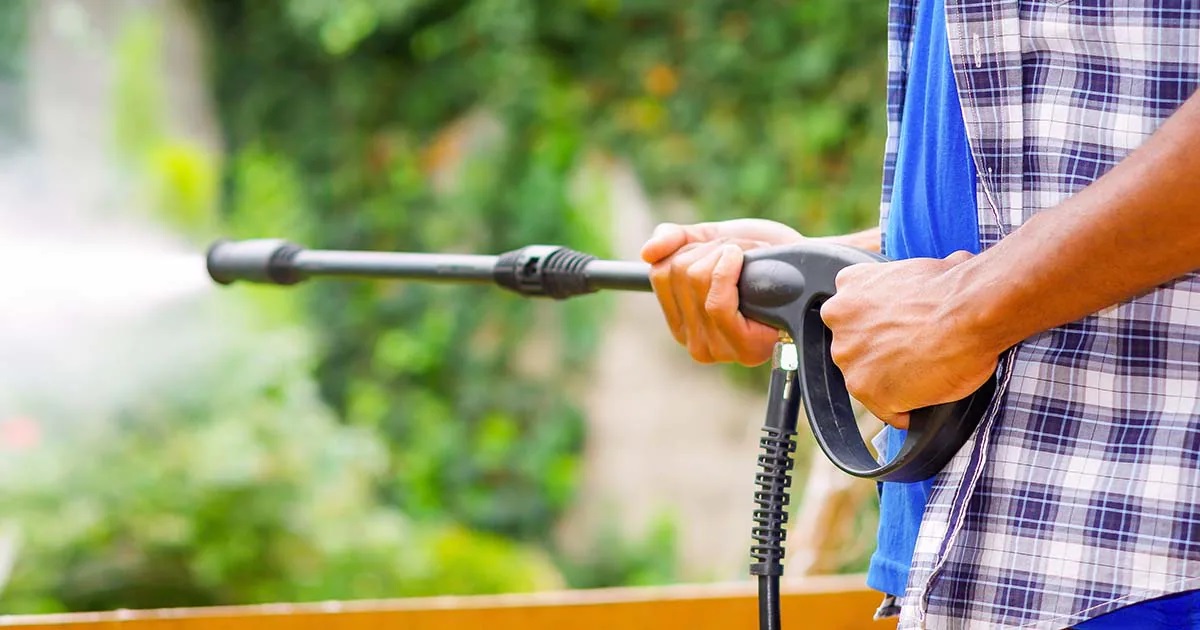

Articles
How Much Psi Do I Need In A Pressure Washer
Modified: February 28, 2024
Discover the optimal PSI you need in a pressure washer with our informative articles. Achieve perfect cleaning results with the right pressure level.
(Many of the links in this article redirect to a specific reviewed product. Your purchase of these products through affiliate links helps to generate commission for Storables.com, at no extra cost. Learn more)
Introduction
Pressure washers are an essential tool for cleaning a wide range of surfaces, from driveways and decks to cars and outdoor furniture. They harness the power of water, combined with high pressure, to remove dirt, grime, and stains effectively. When using a pressure washer, one important factor to consider is the PSI, or pounds per square inch. But how much PSI do you actually need?
In this article, we will explore the concept of PSI and its significance in pressure washing. We will discuss the factors to consider when determining the appropriate PSI for various cleaning tasks and provide recommendations for different scenarios. Additionally, we will explain how to adjust the PSI on a pressure washer and highlight the importance of using the correct PSI for optimal cleaning results.
So, if you’ve ever wondered how much PSI is necessary for your pressure washer, read on to find out!
Key Takeaways:
- Determine the appropriate PSI for your pressure washer by considering surface material, dirt level, and sensitivity. Achieve optimal cleaning results while preserving surface integrity and longevity.
- Adjusting the PSI on your pressure washer is crucial for effective cleaning, preventing damage, and ensuring safety. Test and fine-tune the pressure settings for each cleaning task to achieve optimal results.
Read more: What Size Pressure Washer Do I Need
Understanding PSI (pounds per square inch)
Before we dive into determining the ideal PSI for your pressure washer, it’s crucial to understand what PSI actually means. PSI stands for pounds per square inch, which is a unit of pressure commonly used in the measurement of force per unit area.
When it comes to pressure washers, PSI refers to the amount of pressure the machine can generate. It indicates the force at which water is expelled from the nozzle, impacting the surface being cleaned. In simple terms, the higher the PSI, the greater the force of the water.
Pressure washers typically have a PSI range, starting from a low of around 1,000 PSI for light-duty tasks and going up to 4,000 PSI or more for heavy-duty professional-grade machines. Different cleaning tasks require different levels of pressure to achieve the desired results.
The PSI needed for a specific task depends on various factors, including the surface material, the level of dirt or grime, and the sensitivity of the surface. It’s important to strike the right balance between using enough pressure to effectively clean the surface without causing any damage.
Having a basic understanding of PSI will help you make informed decisions about choosing the right pressure washer and adjusting the pressure settings for different cleaning tasks. To determine the appropriate PSI, let’s explore the factors that need to be taken into consideration.
Factors to consider when determining PSI for a pressure washer
Determining the correct PSI for your pressure washer involves considering several factors. These factors will help ensure that you use the appropriate amount of pressure for each cleaning task, preventing potential damage to the surface while effectively removing dirt and grime. Let’s take a closer look at these factors:
- Surface material: The type of surface you are cleaning is a crucial factor in determining the necessary PSI. Hard surfaces like concrete or metal can withstand higher pressure, while more delicate surfaces like wood or vinyl siding require lower pressure to avoid damage.
- Level of dirt and grime: The amount and stubbornness of the dirt and grime will also play a role in determining the PSI. For heavily soiled surfaces, you may need higher pressure to effectively remove the buildup, while lighter dirt may require less pressure.
- Sensitivity of the surface: Some surfaces are more prone to damage or scratches, such as painted surfaces or fragile materials. In these cases, using a lower PSI is crucial to prevent any unintended harm.
- Nozzle type and size: The nozzle you use on your pressure washer can affect the pressure output. Nozzles with a smaller orifice size will increase the pressure, while larger orifices will decrease it. It’s essential to select an appropriate nozzle that matches the desired PSI for the cleaning task.
- Distance from the surface: The distance between the pressure washer nozzle and the surface being cleaned can impact the effective PSI. As you move closer to the surface, the pressure will increase, while moving farther away will decrease it. Maintaining the recommended distance is crucial for achieving the desired cleaning effect.
By considering these factors, you can determine the optimal PSI for your pressure washer and ensure that you clean surfaces efficiently and safely. However, it’s worth noting that the manufacturer’s guidelines for your specific pressure washer model should always be followed to avoid any potential issues or damage.
Recommended PSI for different cleaning tasks
The recommended PSI for different cleaning tasks can vary based on the factors we discussed earlier, such as surface material, dirt level, and sensitivity. Here are some general guidelines for the ideal PSI for common cleaning tasks:
- Light-duty tasks: Light-duty tasks include cleaning small outdoor furniture, vinyl siding, or delicate surfaces. For these tasks, a pressure washer with a PSI range of 1,000 to 1,500 is typically sufficient. It’s important to use a wide spray pattern and maintain a safe distance to avoid any damage.
- Moderate-duty tasks: Moderate-duty tasks involve cleaning larger surfaces like decks, patios, or driveways. A pressure washer with a PSI range of 1,500 to 2,500 is usually suitable for these tasks. Using a medium or wide spray pattern can help effectively remove dirt and grime without causing any harm.
- Heavy-duty tasks: Heavy-duty tasks require more pressure to tackle stubborn stains, grease, or mold. This may include cleaning concrete surfaces, removing graffiti, or prepping surfaces for painting. A pressure washer with a PSI range of 2,500 to 4,000 or higher is recommended for these types of tasks. However, caution should be exercised to avoid damaging the surface.
- Vehicle cleaning: When it comes to washing your car, it’s crucial to use a pressure washer with a lower PSI to prevent any damage to the paint, windows, or delicate parts. A pressure washer with a PSI range of 1,200 to 1,500 is often sufficient for safely cleaning vehicles. Using a foam cannon attachment and a wide spray pattern can help provide a gentle yet effective clean.
- Gutter cleaning: Gutter cleaning requires a different approach due to the presence of debris and the potential for clogging. It’s recommended to use a pressure washer with a lower PSI range of 1,000 to 1,500 to clean gutters effectively. Additionally, using a gutter cleaning attachment or a specialized nozzle can help direct the water flow without causing any damage to the gutters.
Keep in mind that these are general recommendations, and it’s essential to assess each cleaning task individually. Always refer to the manufacturer’s guidelines for your specific pressure washer model and adjust the PSI settings accordingly.
Now that we’ve covered the recommended PSI for different cleaning tasks, let’s explore how to adjust the PSI on your pressure washer.
Always refer to the manufacturer’s guidelines for the recommended psi for your specific pressure washer model. Using the wrong psi can damage surfaces or equipment.
Adjusting PSI on a pressure washer
Adjusting the PSI on a pressure washer is a straightforward process that allows you to customize the pressure output according to the cleaning task at hand. Here are the steps to adjust the PSI on most pressure washers:
- Locate the pressure adjustment knob: The pressure adjustment knob is usually located on the pump or near the connection for the hose and wand. It may be labeled as a pressure regulator or have a directional arrow indicating which way to turn for increasing or decreasing the pressure.
- Turn the knob clockwise to increase pressure: If you need to increase the PSI, turn the knob clockwise. This will restrict the flow of water, resulting in higher pressure. Be cautious not to turn it too far to avoid damaging the pressure washer or the surface you are cleaning.
- Turn the knob counterclockwise to decrease pressure: To decrease the PSI, turn the knob counterclockwise. This will allow more water flow, lowering the pressure to a more suitable level for lighter cleaning tasks or delicate surfaces.
- Test and adjust: Once you have made the initial adjustment, it’s important to test the pressure by spraying a small area. Assess the cleaning effectiveness and observe any potential damage. Make further adjustments as needed until you achieve the desired pressure and cleaning results.
- Refer to the user manual: Each pressure washer model may have specific instructions for adjusting the PSI. It’s always a good idea to refer to the user manual provided by the manufacturer for detailed guidance.
Remember, adjusting the PSI allows you to strike the right balance between cleaning power and surface protection. Take the time to fine-tune the pressure settings to achieve optimal cleaning results without causing any damage.
Now that we understand how to adjust the PSI, let’s delve into the importance of using the correct PSI for pressure washing.
Importance of using the correct PSI
Using the correct PSI for pressure washing is of utmost importance for several reasons. Let’s explore why it’s crucial to utilize the appropriate pressure for each cleaning task:
- Effective cleaning: The correct PSI ensures that you have enough pressure to effectively remove dirt, grime, stains, and buildup from the surface you are cleaning. Using too low of a PSI may result in ineffective cleaning, leaving behind residue, while using too high of a PSI can damage the surface or cause unnecessary wear.
- Prevents damage: Different surfaces have different tolerances for pressure. Using excessive pressure can lead to damage, including cracks, chipping, etching, or splintering. By using the correct PSI, you can protect the integrity and longevity of the surfaces you are cleaning.
- Preserves paint and finishes: Certain surfaces, such as painted surfaces or delicate finishes, require special care. Using the appropriate PSI ensures that you don’t strip away paint, scratch finishes, or cause any other damage that may require costly repairs or touch-ups.
- Reduces the risk of personal injury: High-pressure water can be dangerous if not handled correctly. Using the correct PSI minimizes the risk of accidents and injuries caused by the forceful spray. It’s important to always wear appropriate safety gear, including goggles and gloves, regardless of the pressure used.
- Saves time and resources: By using the correct PSI, you can clean efficiently and effectively, reducing the amount of time and effort required. Using excessive pressure can result in wasted water and energy, increasing your cleaning costs in the long run.
Remember, each cleaning task and surface requires a different approach. By using the correct PSI, you can achieve optimal cleaning results while minimizing the risk of damage and ensuring a safe and efficient cleaning process.
Now that we’ve discussed the importance of using the correct PSI, let’s wrap up our article.
Conclusion
Understanding the concept of PSI and its role in pressure washing is essential for achieving effective and safe cleaning results. By considering factors such as surface material, dirt level, and sensitivity, you can determine the appropriate PSI for each cleaning task.
For light-duty tasks, a pressure washer with a PSI range of 1,000 to 1,500 is recommended, while moderate-duty tasks may require a PSI of 1,500 to 2,500. Heavy-duty tasks often necessitate a higher PSI of 2,500 to 4,000 or more. Vehicle cleaning and gutter cleaning have their own specific PSI requirements.
Adjusting the PSI on your pressure washer is a simple process that allows you to customize the pressure output based on the task at hand. Be sure to test and make adjustments as needed before beginning any cleaning project.
Using the correct PSI is paramount in achieving effective cleaning, preventing damage to surfaces, preserving paint and finishes, reducing the risk of personal injury, and saving time and resources. It ensures that you strike the right balance between cleaning power and surface protection.
By following the recommended PSI guidelines, considering the unique requirements of each surface, and understanding the limitations of your pressure washer, you can achieve optimal cleaning results while maintaining the integrity and longevity of the surfaces you are cleaning.
So, the next time you reach for your pressure washer, remember to determine the right PSI for the task at hand and enjoy the satisfaction of a job well done.
Frequently Asked Questions about How Much Psi Do I Need In A Pressure Washer
Was this page helpful?
At Storables.com, we guarantee accurate and reliable information. Our content, validated by Expert Board Contributors, is crafted following stringent Editorial Policies. We're committed to providing you with well-researched, expert-backed insights for all your informational needs.
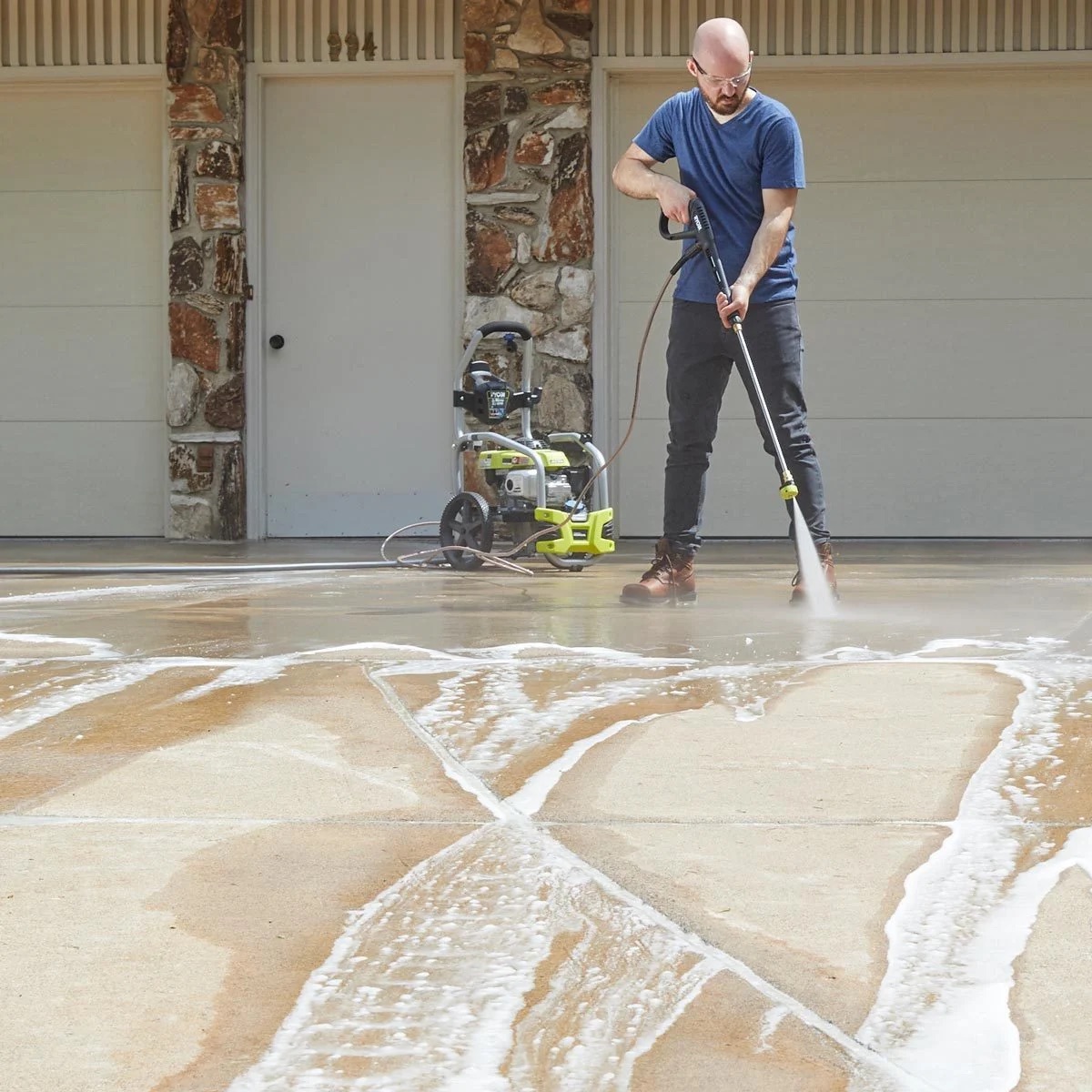
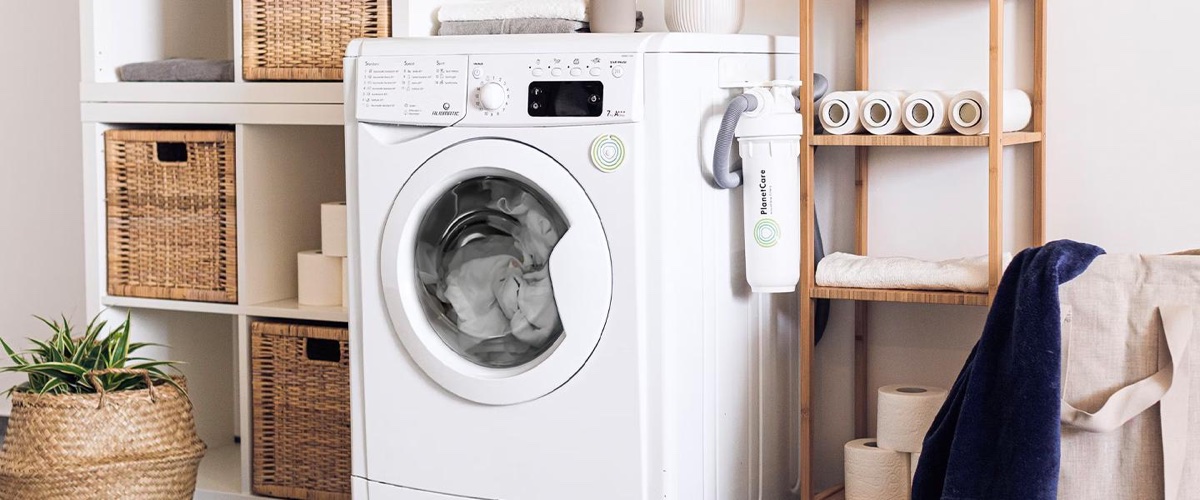
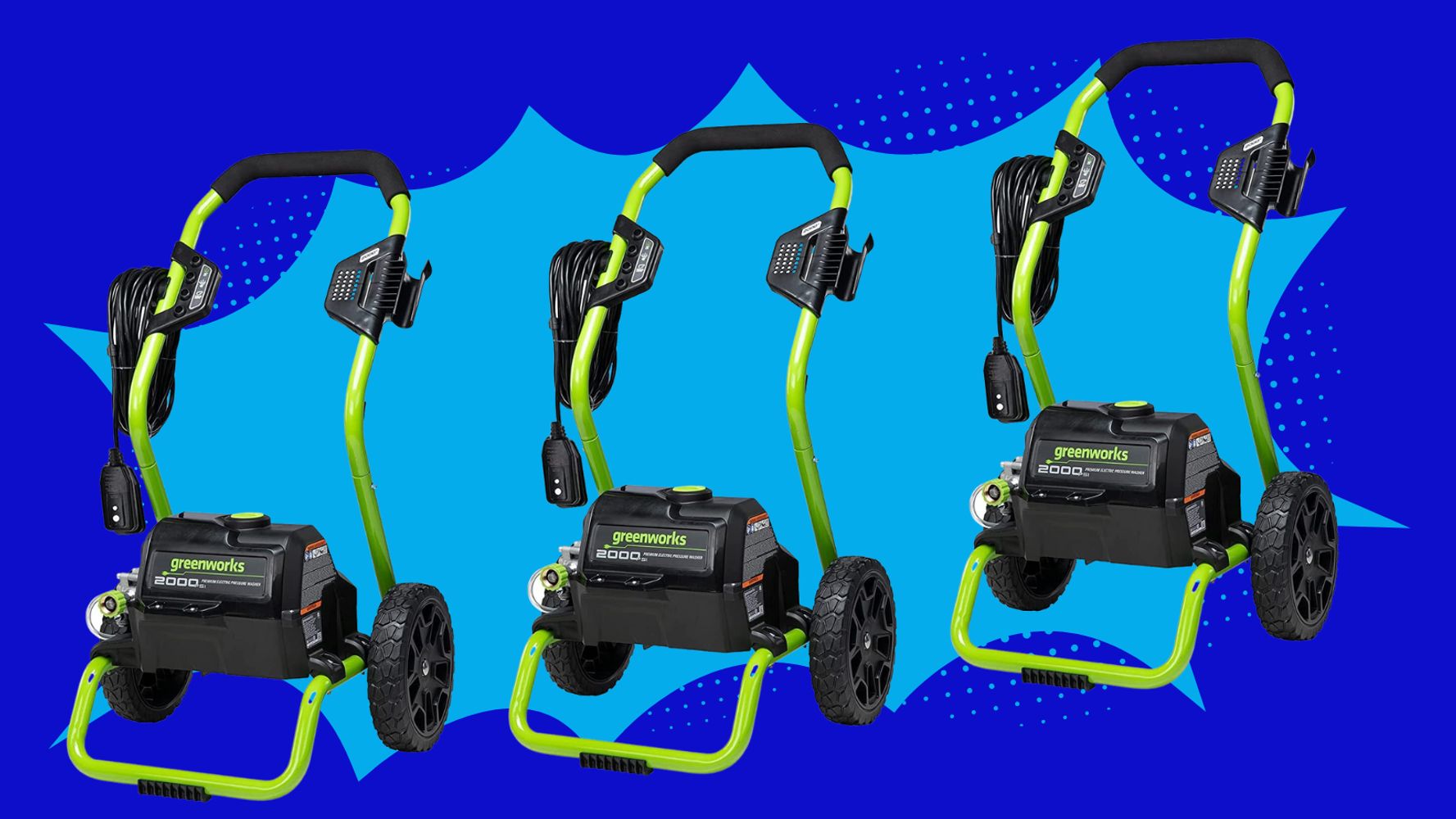
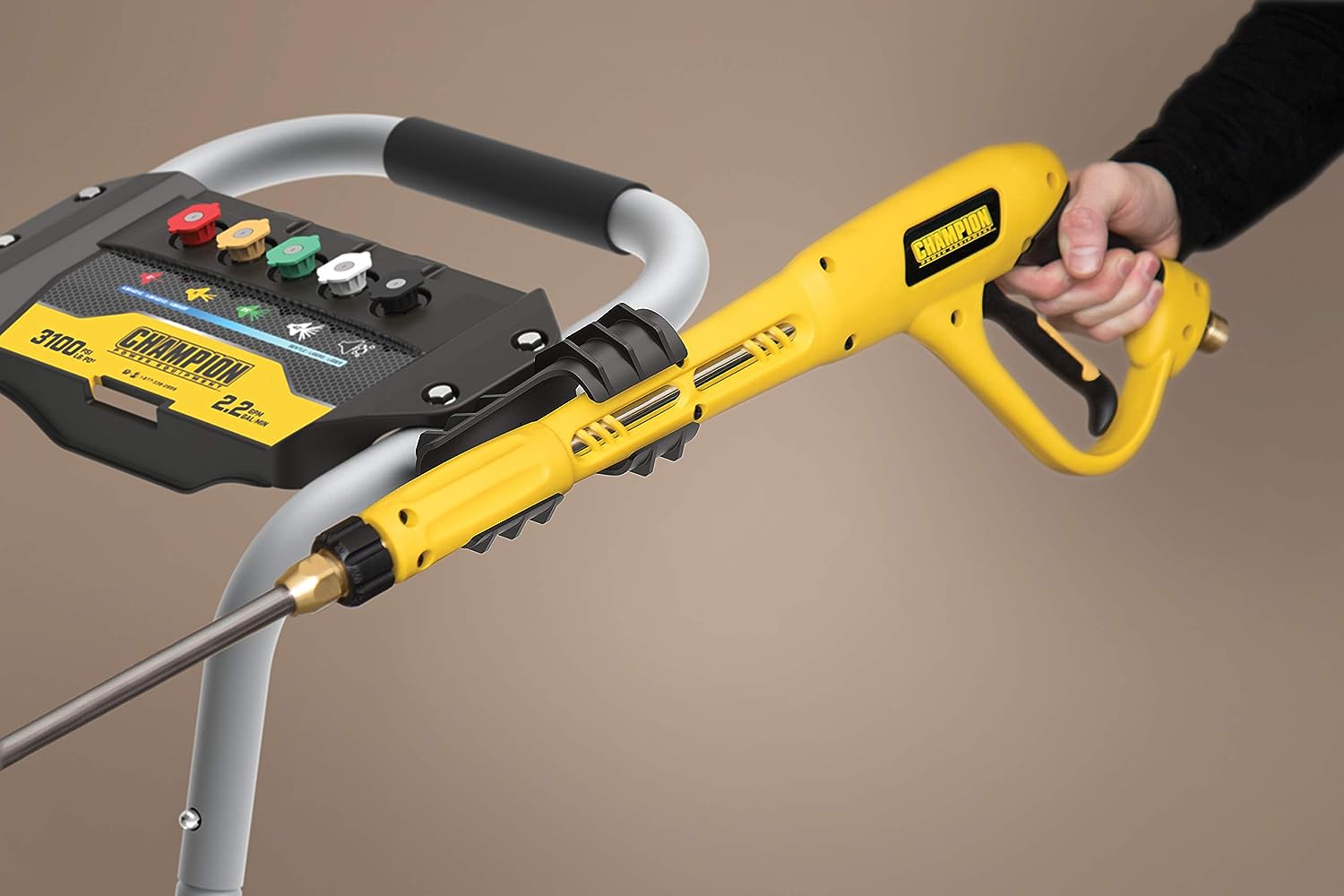
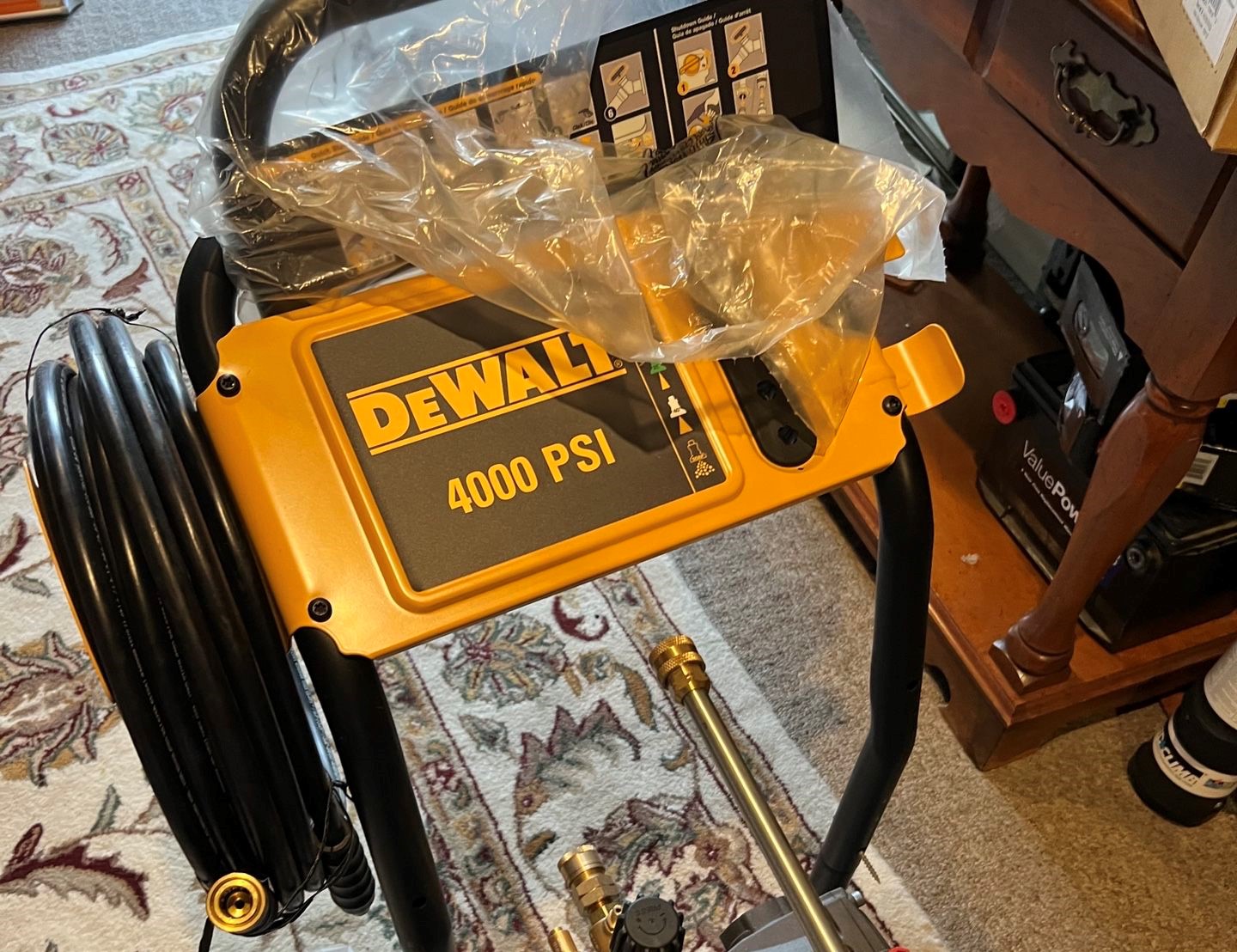
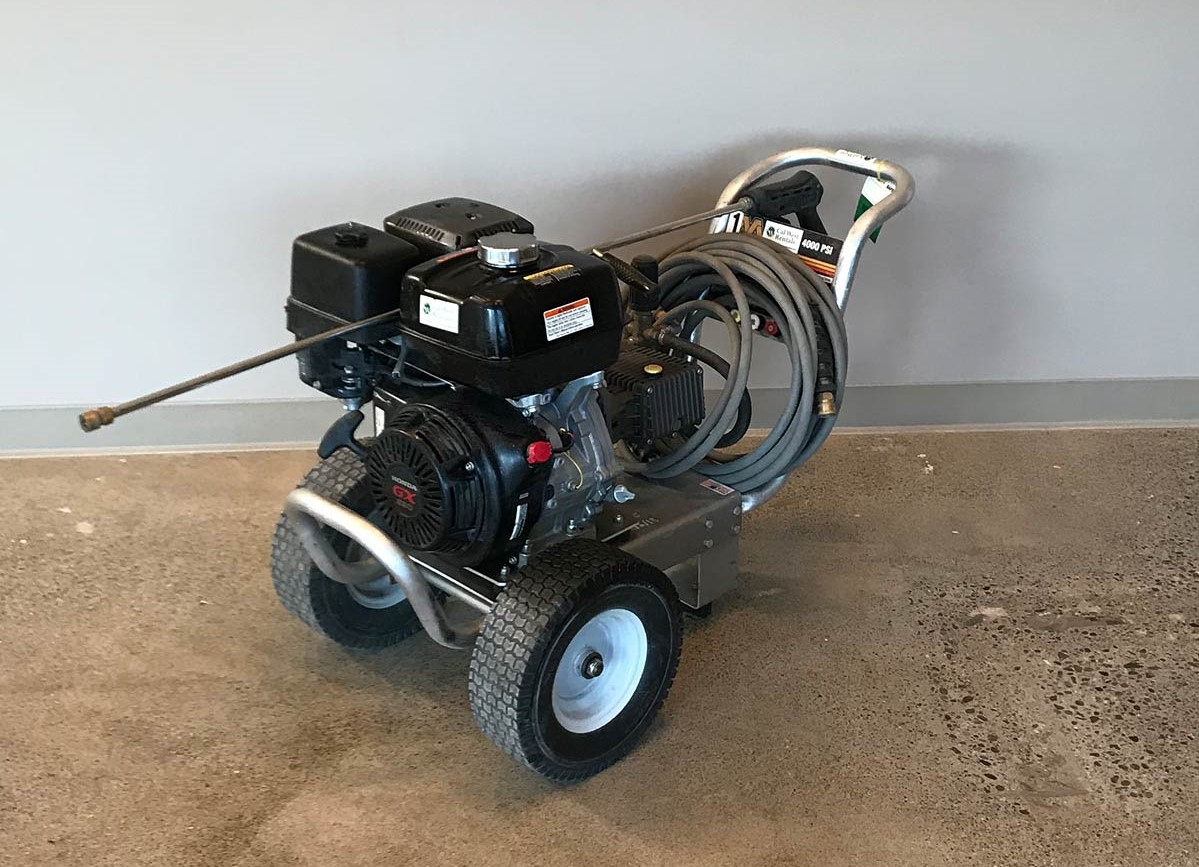
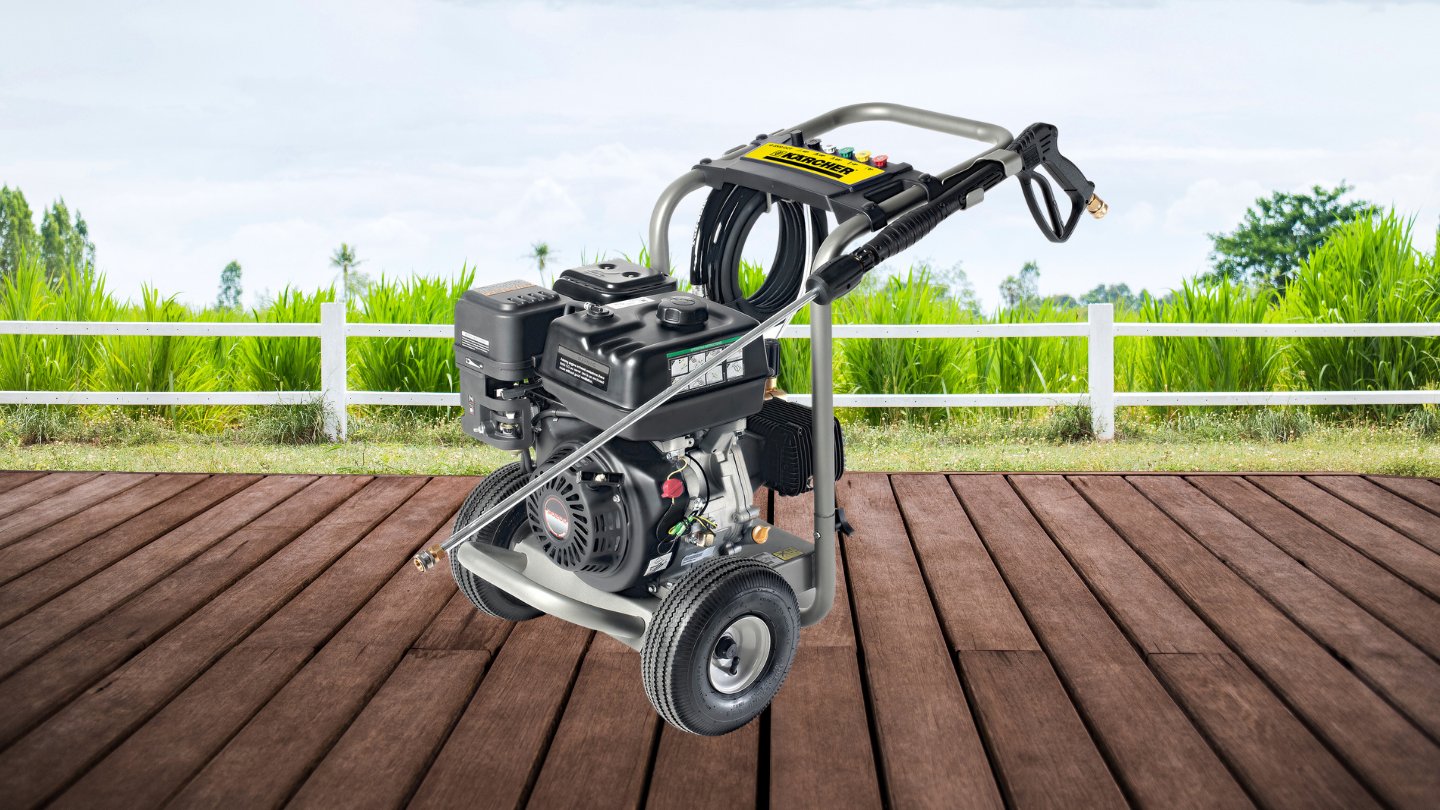
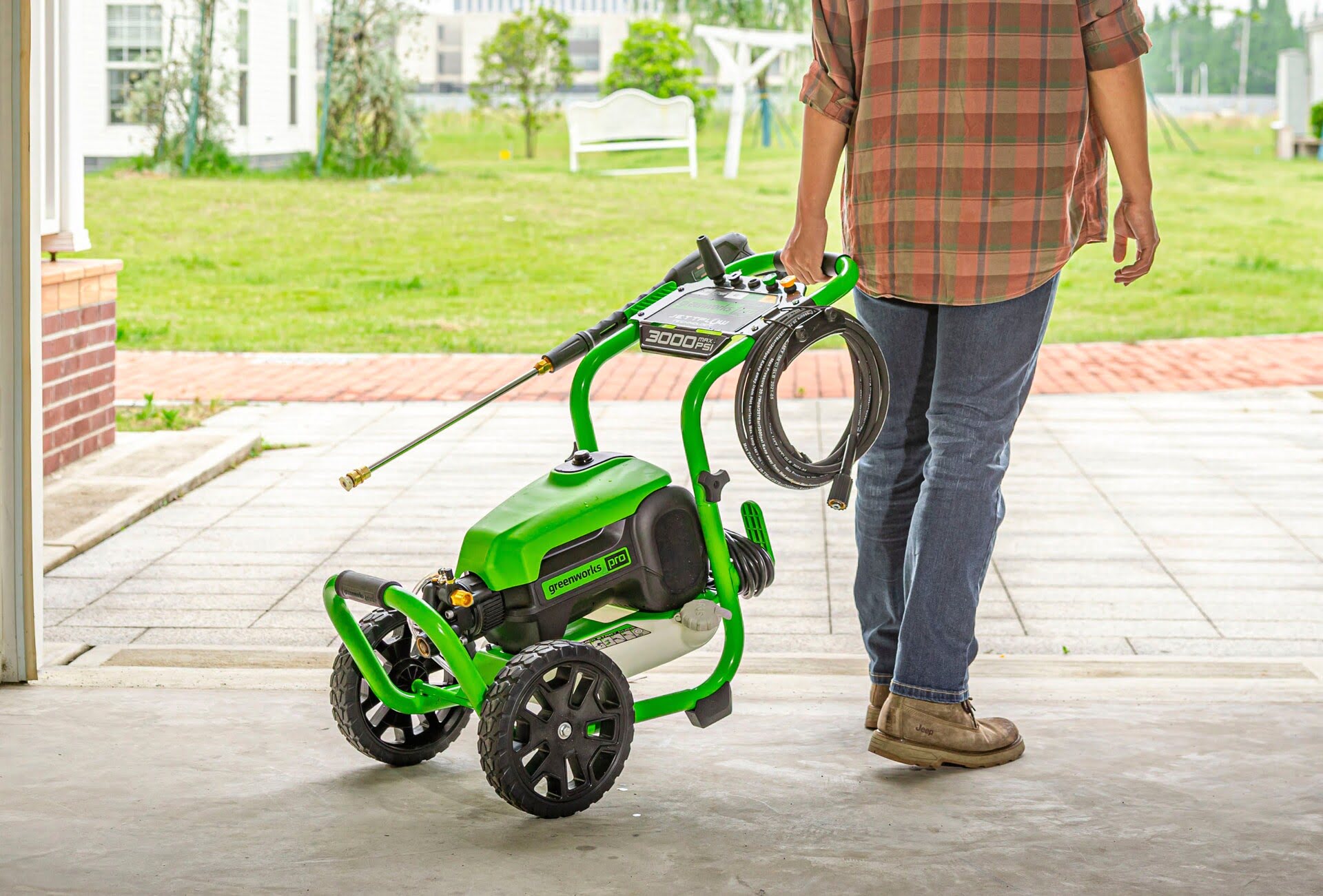
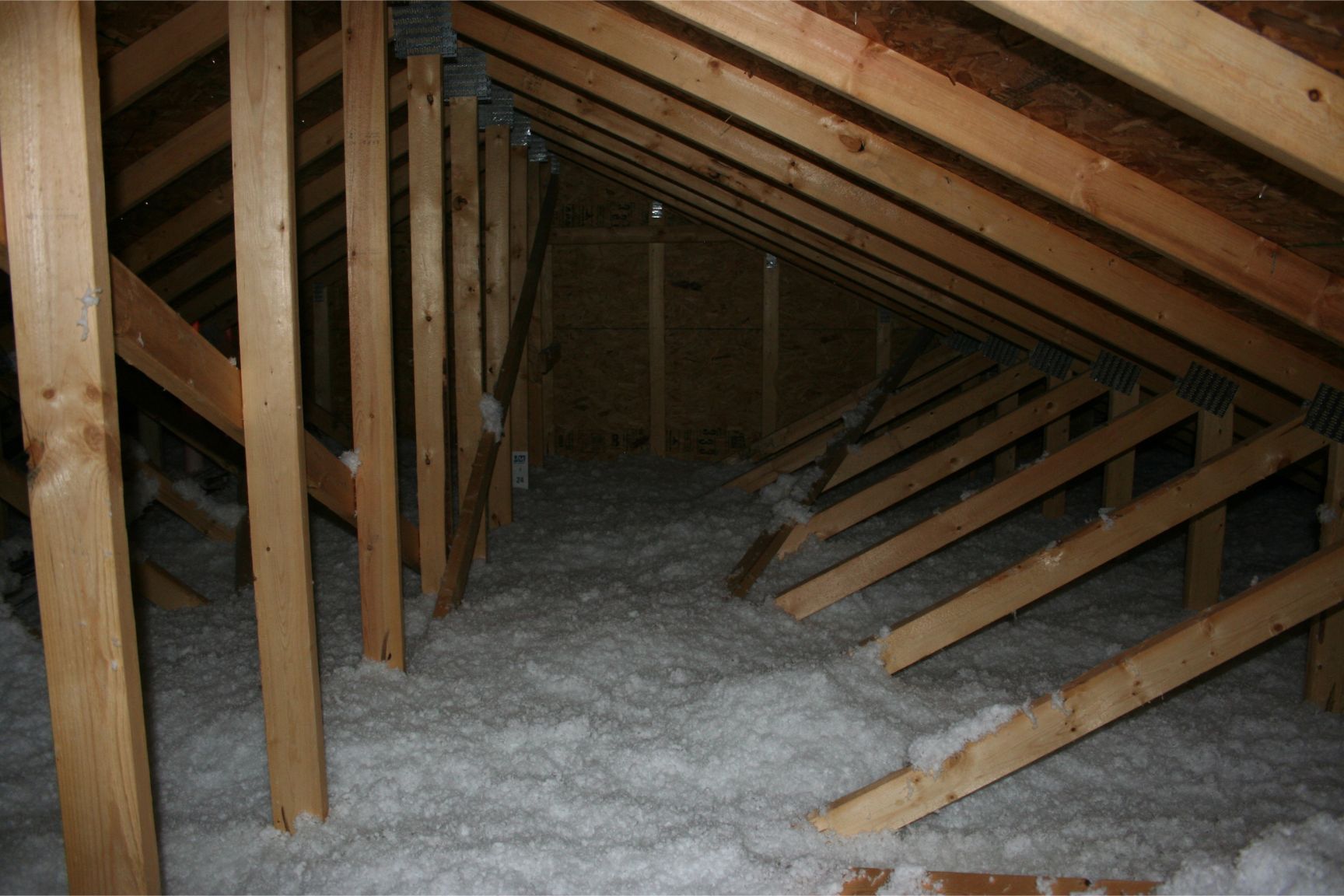

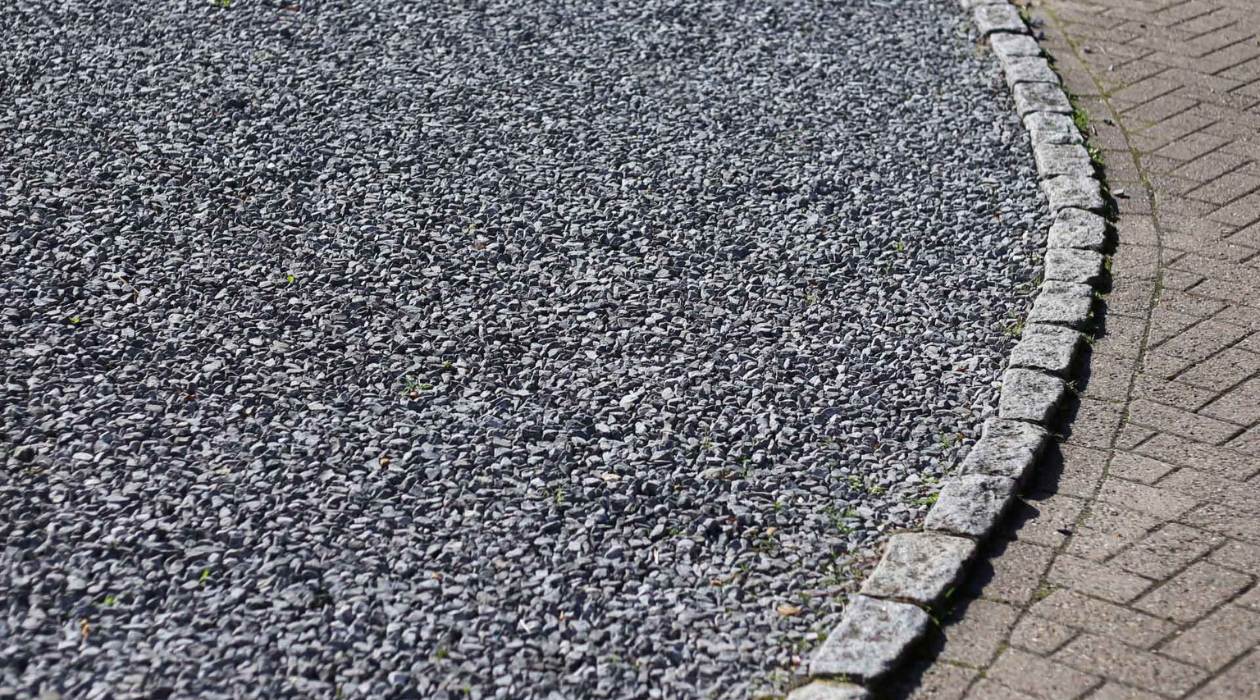
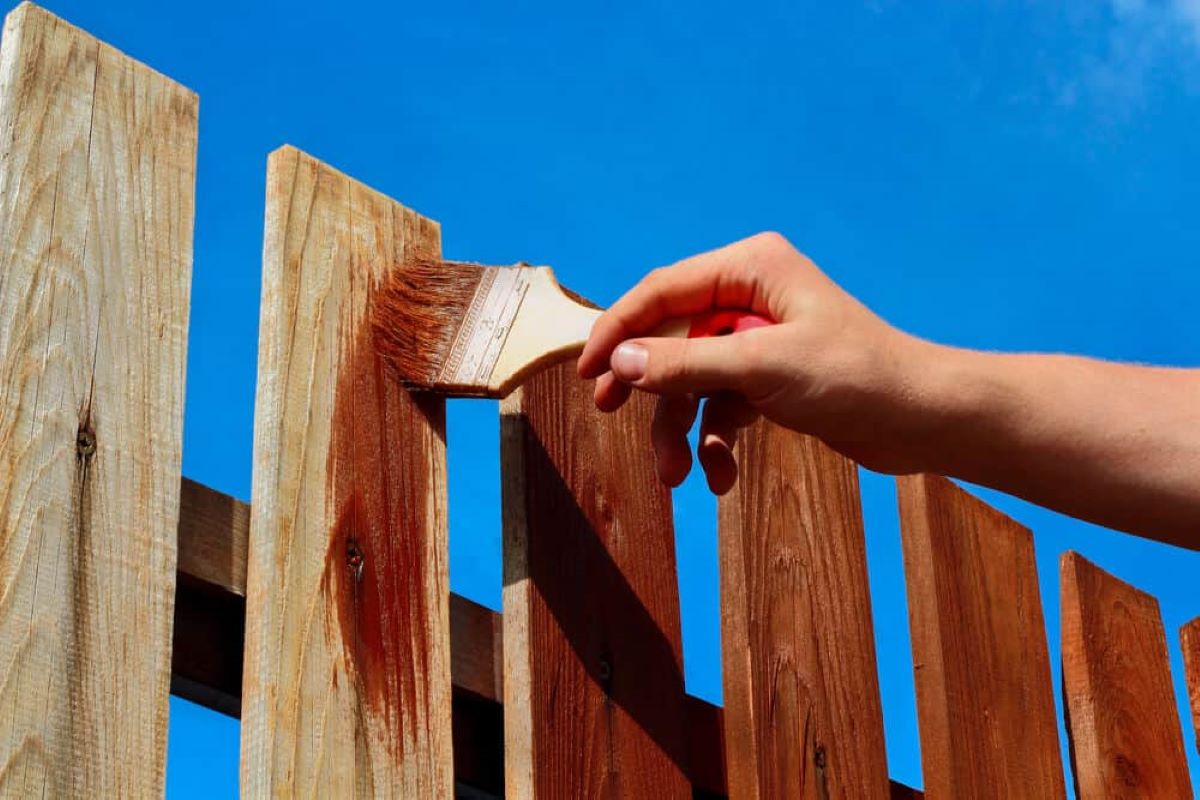

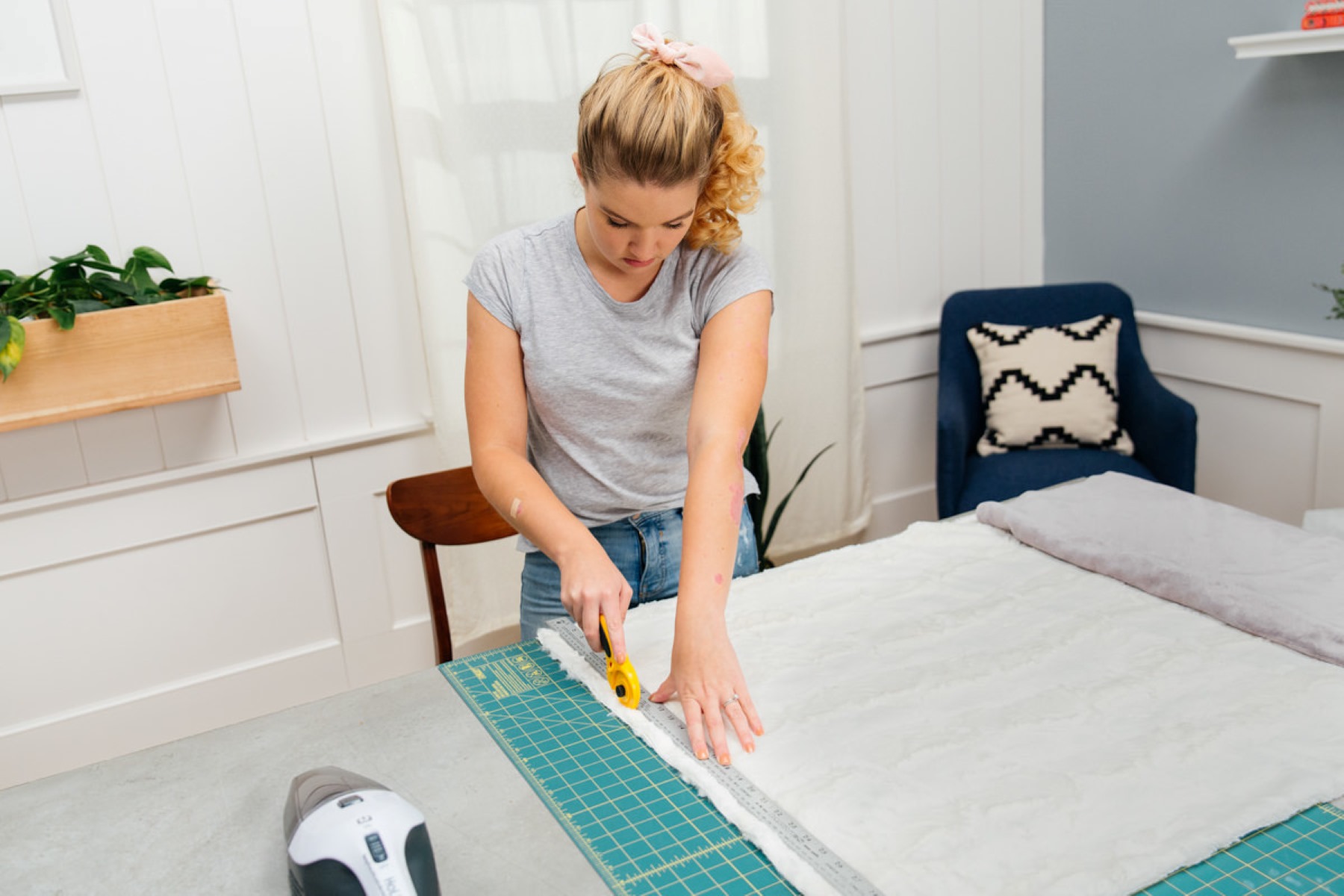

0 thoughts on “How Much Psi Do I Need In A Pressure Washer”